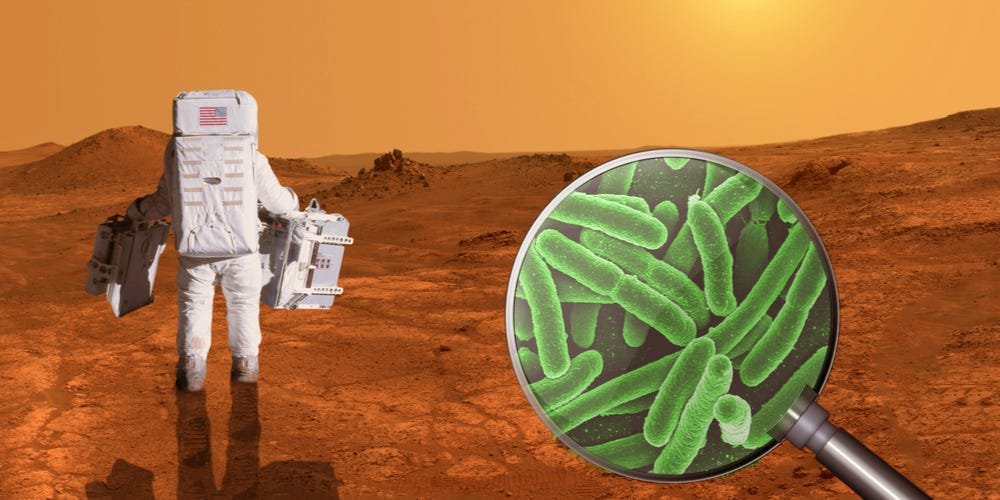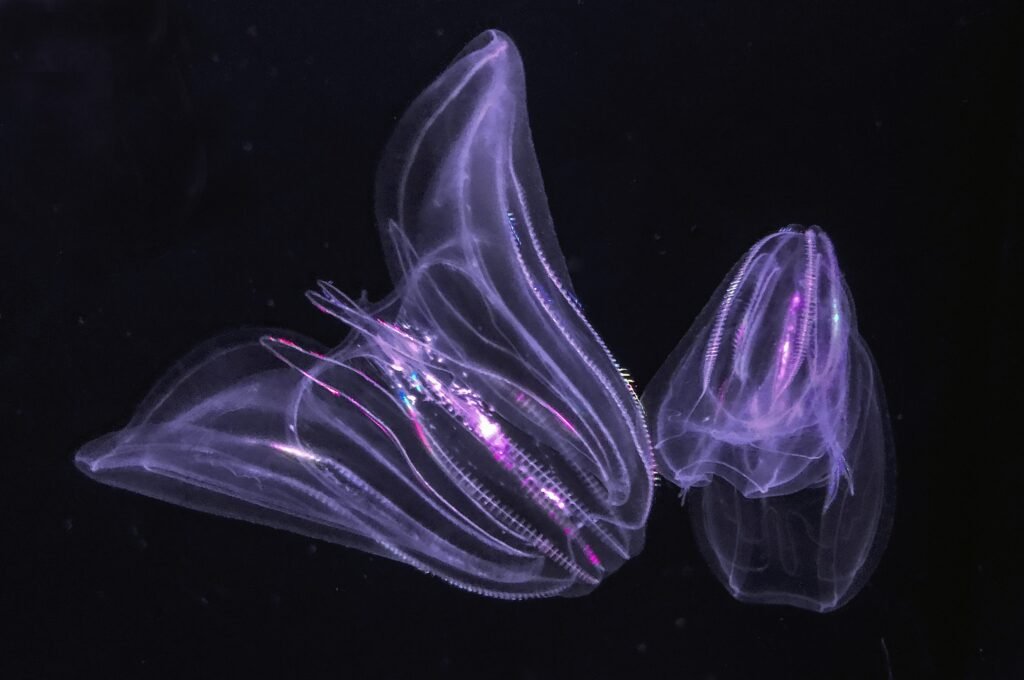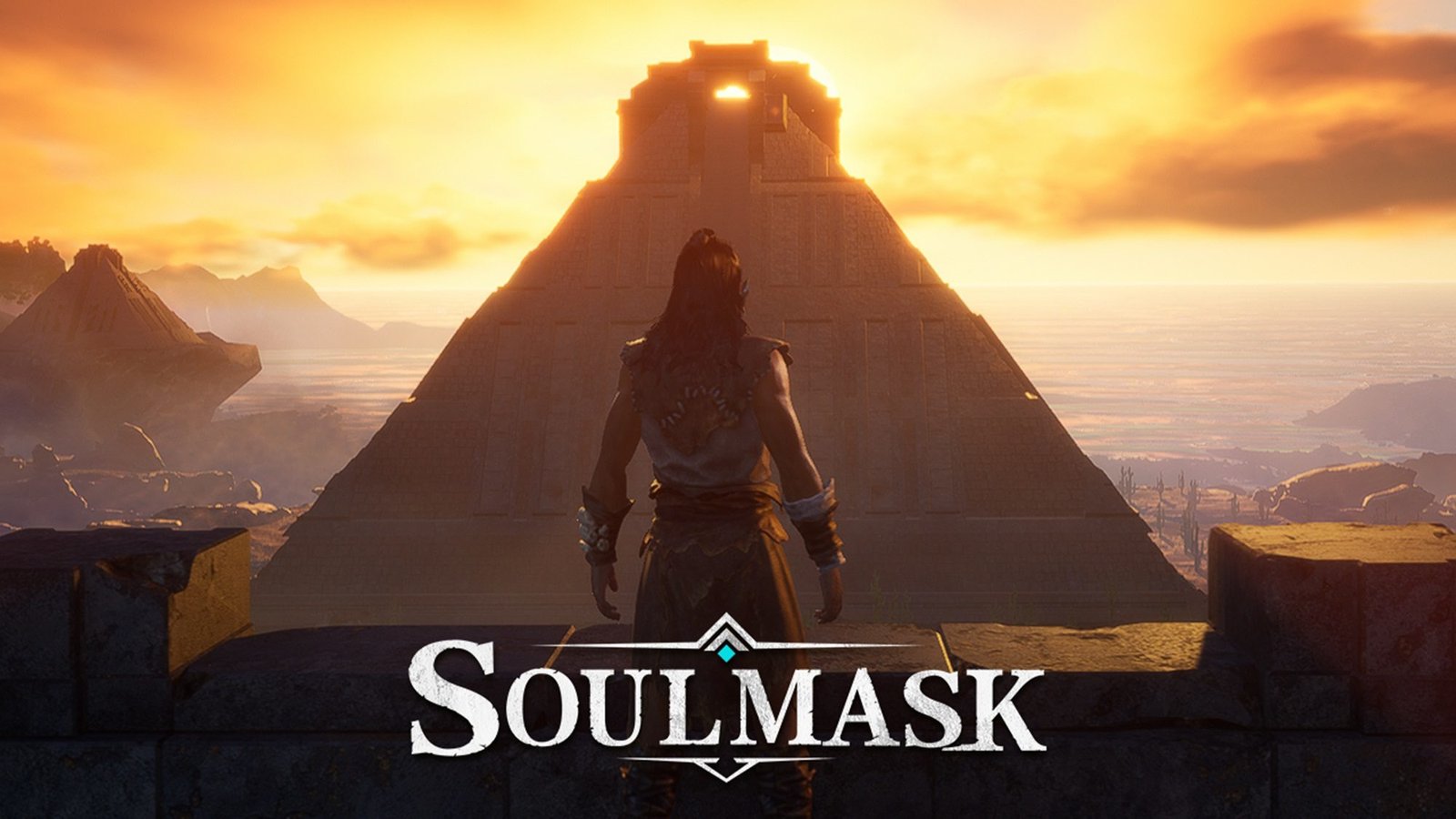Bacteria that can make humans sick could survive on Mars
Four species of Bacteria Burkholderia cepacia, Klebsiella pneumoniae, Pseudomonas aeruginosa, and Serratia marcescens can make humans sick but can survive on Mars.
According to a recent study published in the January version of Astrobiology, these species of bacteria may be able to survive and grow in the harsh conditions of Mars.
The scientists placed colonies of these four bacteria species in a cage that resembled Mars’ environment with a lack of water, low air pressure, lethal UV radiation, and poisonous salts.
These bacteria can make humans sick and become highly dangerous when stressed. Initially, scientists feared that regolith or soil resembling the Martian surface would be poisonous to the cells. It also hinders their growth.
However, scientists were surprised to learn that it had the opposite impact on bacteria. Three species survived, with Pseudomonas aeruginosa developing steadily for up to three weeks.

Click here to read the updates on NASA’s restored contact with the Mars helicopter after two days
Microbiologist Tommaso Zaccaria conducted the experiment and his colleagues are now trying to figure out how bacteria survived. According to Tommaso, the bacteria may have found little oases with enough water in the regoliths. It provides nutrients as well as protection from dangerous UV rays.
The scientists mentioned that the results of the study show people should go to Mars to bring a lot of different antibiotics in case bugs that disease survive and maybe change before infecting other humans.
Tommaso also stated that their goal is to advance and conduct more exploration of their solar system. They are doing their best, and in the end, that will lead to some beautiful discoveries and significant history. He also said some parts of Mars should be protected as national parks so that only robots can go there.
Read More:
- Sea creature turns into a baby when it is stressed out showing time travel
- Realme Narzo 70 Turbo 5G launch date, features, specifications & price
- European Space Agency printed 3D metal part in space for first time
- Earth’s mysterious Alaska triangle where over 20,000 people disappeared
- Philips Hue launched a new smart lighting solution for kitchen
- NASA to launch life-searching spacecraft to Jupiter’s moon Europa
Share this content:










Post Comment